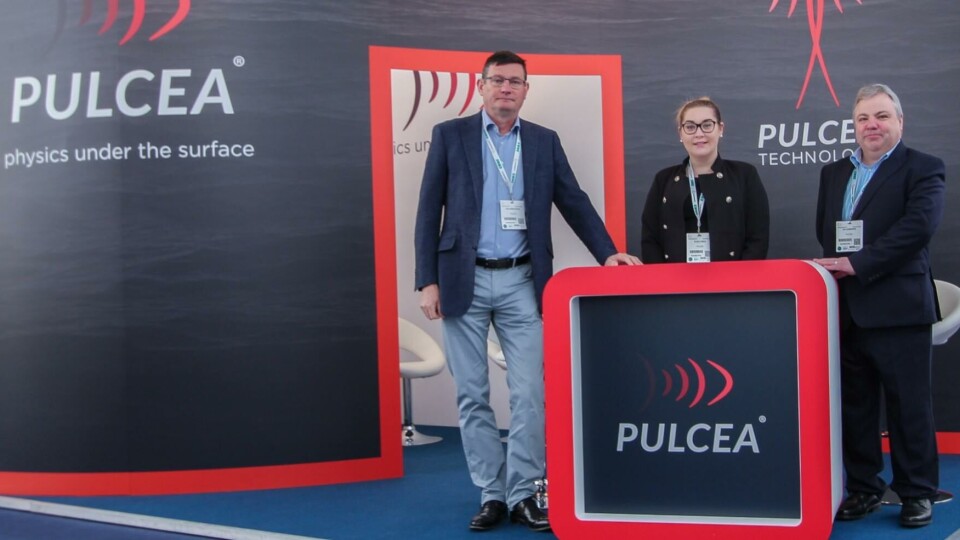
Innovator praises backing for lice-control project
The head of an innovative project to give salmon farming a new weapon against sea lice has praised the support being provided through government funding.
Ian Armstrong, managing director of Pulcea, which is attempting to develop an ultrasound device based on initial research sponsored by the Scottish Aquaculture Innovation Centre (SAIC), highlighted a “fantastic” grant from the UK government’s innovation funding body Innovate UK.
Pulcea and Stirling University’s Institute of Aquaculture (IoA) have received £190,000 from Innovate UK for a three-year Knowledge Transfer Partnership (KTP).
The money will fund a new university aquaculture veterinarian post at Pulcea’s base in Stirling University’s Innovation Park, with the successful candidate supervised by IoA’s professor James Bron and Pulcea’s technical director Ian Jamieson.
Fish welfare at core
This project is an important one for Armstrong, for whom enhancing fish welfare represents a core value for all Pulcea’s project, and who hopes to have a device ready for full commercial production within three years.
“I was brought up on a remote hill farm in the Scottish Borders where I was taught to look after livestock in a tough environment. My business success has been based on maintaining high fish welfare. I was an assessor for the RSPCA Freedom Food scheme and that taught me a lot. It’s simple: look after the fish and they look after you.”
He is using Technology Readiness Levels (TRLs), first developed by US space agency NASA to assess the maturity level of a particular technology, and now adopted by the EU, to gauge the progress of the project.
He confirmed that the project is at TRL 4, the stage at which technology has been validated in the laboratory, and says there’s a long way to go to reach TRL 9, the point at which the technology would go into full commercial production.
“It’s not going to be a ‘silver bullet’ solution, but we think we have something to help the industry with sea lice, and we hope the KTP veterinarian will help take it from TRL 5 up into 9, which is introducing it into commercialisation, over a three-year period. It could provide an additional tool to supplement an already-diverse array of tools.”
Armstrong, who first worked in his school holidays at Lochailort in the highlands of Scotland with Marine Harvest in 1977 before joining them permanently when he graduated, said he wanted to work with the likes of Bron and marine physicists to help the international salmon farming industry expand sustainably.
“But this is not easy,” he stressed. “This is innovation, and innovation is high-risk: there is no guarantee of success. The support that we’re getting from SAIC, from Innovate UK, from Scottish Enterprise, and from being based at the Innovation Park near the Institute of Aquaculture here at Stirling University, is extremely helpful.”
Farming partner
“We think it will be three years to production,” he added. “Before that we are planning to have our system prototype working with a farming partner, ensuring we have the processes appropriately refined and validated by veterinarians and international regulators.”
Bron said: “I warmly welcome this Knowledge Transfer Partnership with Pulcea and look forward to working with the successful candidate.
“The new post, aquaculture veterinarian, offers an excellent opportunity for graduates to launch their careers or for health professionals to continue their careers in a business context. It would suit a veterinarian or biologist who is keen to work alongside world-renowned scientists, vets and specialists in marine physics and medical devices.”
The post is currently being advertised and applications close on October 1. The successful candidate will have a recognised veterinary qualification or MSc / PhD level experience in a biological discipline relating to animal health and welfare.























































